You’re laughing at a joke that wasn’t really that funny. Your heart is racing. You can’t eat. You check your phone more times in an hour than you usually do in a day. You’re thinking about them constantly—and if they text back, your whole body lights up like a city grid waking up at night.
Table of Contents
We call it love. But in your brain, something more primal is happening.
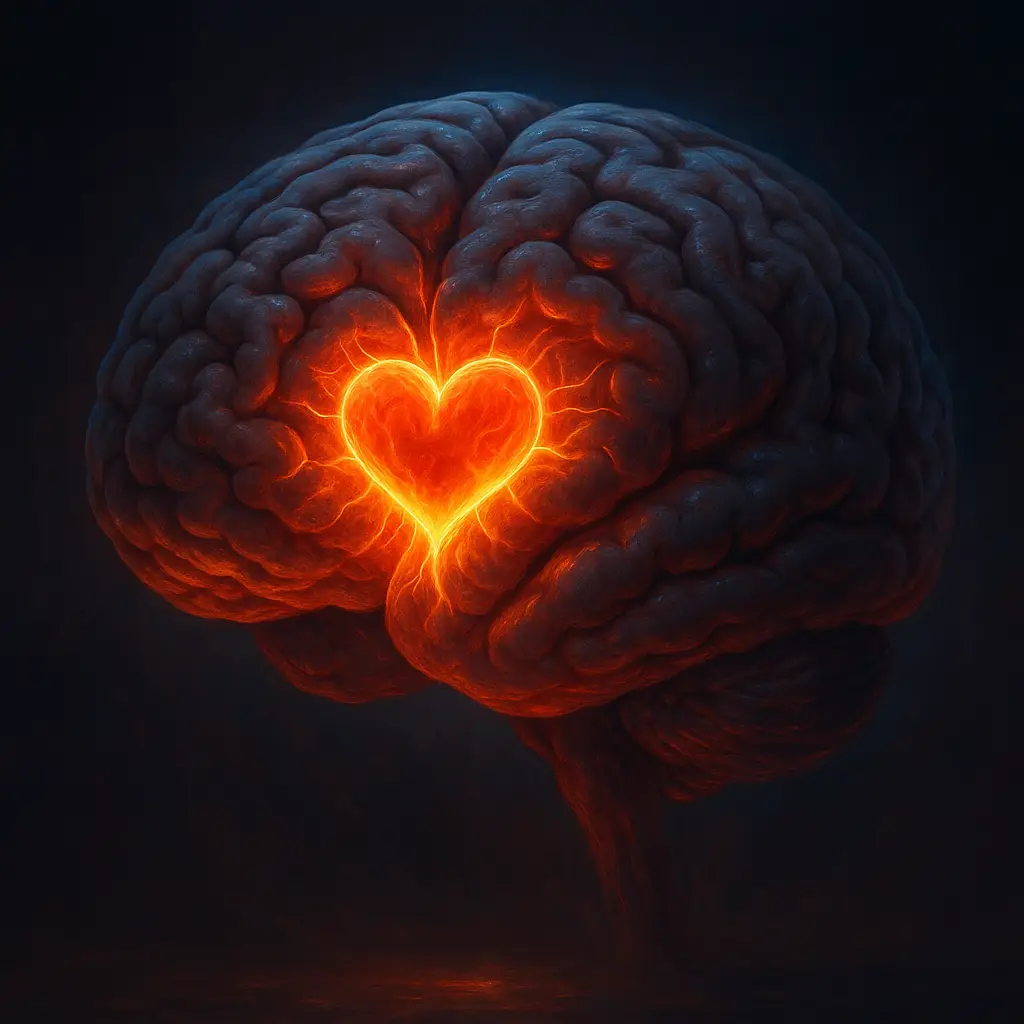
What Happens in the Brain When You Fall in Love: A Reward System Gone Wild
If you’ve ever fallen hard for someone and felt like you were on a rollercoaster without rails, you weren’t imagining it. Your brain was being rewired.
When we fall in love, the brain doesn’t just react—it transforms. Deep inside, areas responsible for motivation and reward—especially the ventral tegmental area (VTA) and the caudate nucleus—flare to life.
These are the same neural circuits activated by addictive drugs like cocaine or nicotine.
Your beloved becomes your brain’s favorite drug. You crave their presence, seek their attention, and feel withdrawal when they’re away.
Your brain releases dopamine in concentrated bursts, flooding your system with feelings of joy, energy, and hyper-focus. You feel like you’ve found your purpose. You feel alive.
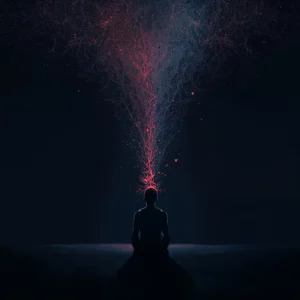
Why Breakups Hurt So Much (Science of Heartbreak & Healing)
Let’s examine breakups in: Biology of love & loss, Attachment styles, Rejection psychology, Closure, Rumination, Grief
Tap here to read more →Why Obsession Isn’t Weakness—It’s Wiring
You think about them constantly. You analyze every word, every emoji. Your focus narrows, and everything else becomes background noise.
If this sounds familiar, know that it’s not a sign of weakness—it’s a symptom of love.
Early-stage romantic love lowers serotonin, a neurotransmitter linked to mood and rational thinking. This pattern is strikingly similar to what we see in people with obsessive-compulsive disorder.
At the same time, cortisol—a stress hormone—rises, keeping your emotional systems on high alert.
- It’s not just “overthinking”
- It’s a chemically altered mental state designed for bonding, pursuit, and protection
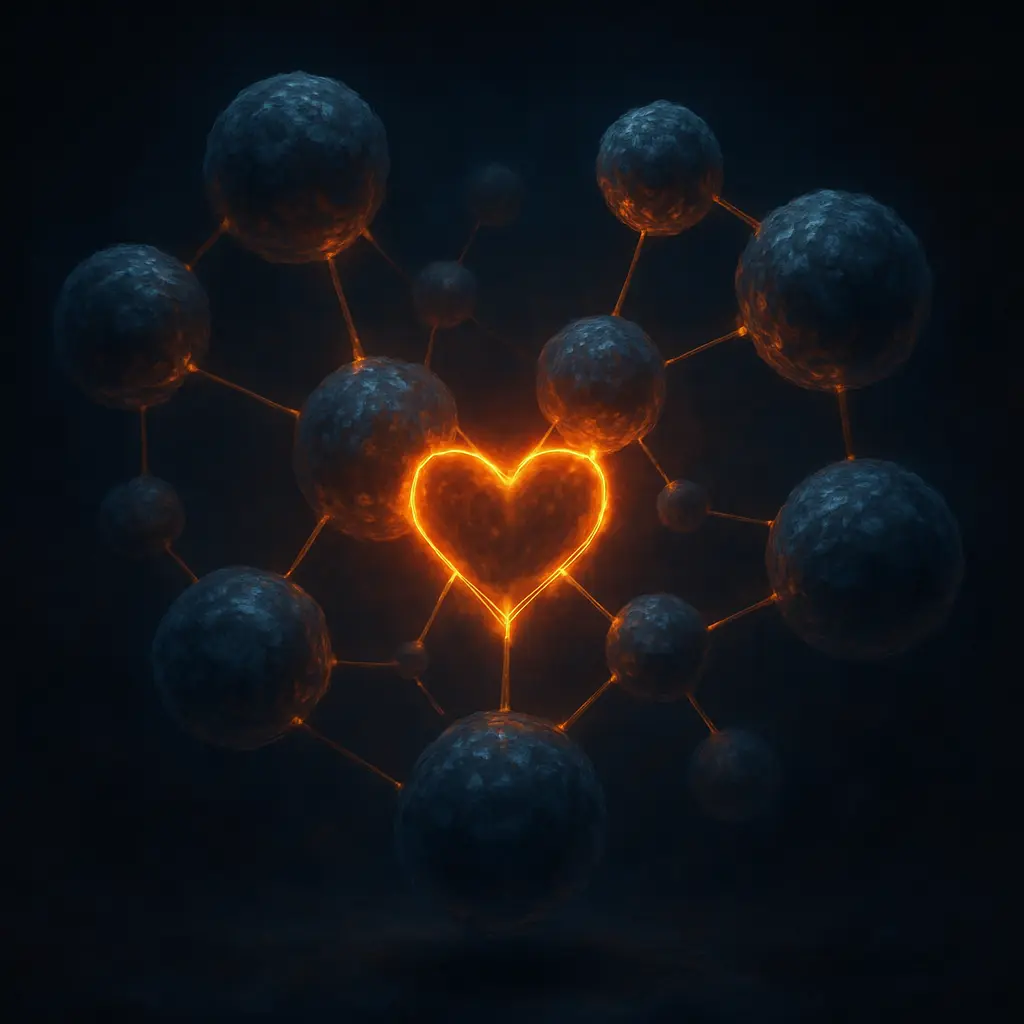
The Euphoria of Connection, Chemically Engineered
There’s a reason love can feel like a spiritual experience. In its early stages, it is chemically engineered to overwhelm. Alongside the dopamine and cortisol rush, the brain releases oxytocin—the “cuddle hormone”—which builds trust and emotional safety.
This neurochemical trio creates a powerful emotional cocktail:
- Dopamine = pleasure & motivation
- Cortisol = urgency & heightened alertness
- Oxytocin = safety & attachment
Evolution didn’t care if you were rational—it wanted you to bond, to stay, to nurture. So it built a system that is emotionally explosive and deeply compelling.
Understanding what happens in the brain when you fall in love doesn’t make the experience less magical. If anything, it adds depth to the mystery—a fusion of ancient survival strategy and personal destiny.
And when heartbreak comes, we can find compassion. Not just for what we feel in our hearts—
But for the chemistry that breaks inside our brains.
Because the loss isn’t just emotional. It’s neurological. And it hurts for a reason.
Frequently Asked Questions
What happens in the brain when you fall in love?
Falling in love activates the brain’s reward circuitry—particularly the ventral tegmental area and caudate nucleus—flooding you with dopamine, cortisol, and oxytocin, which produce intense pleasure, focus, and attachment.
Why do I feel obsessed when I first fall in love?
Early-stage love triggers neurochemical shifts—serotonin drops while dopamine and cortisol rise—creating obsessive thoughts and emotional urgency as part of our biology to bond with someone.
Can the brain effects of love feel like addiction?
Yes. The activation of your brain’s reward system by your partner mimics the patterns seen with addictive substances, making the emotional highs and withdrawal symptoms feel very similar.
Does knowing the biology of love make heartbreak less painful?
Understanding the biological basis for intense emotional pain—how love rewires your brain and why loss hits so hard—can offer self-compassion and clarity, though it doesn’t eliminate the hurt.
Sources
The Neural Basis of Romantic Love
Author(s): Andreas Bartels & Semir Zeki
Year: 2000
Study Title: The Neural Basis of Romantic Love
Key Finding: fMRI scans showed increased activation in the anterior cingulate cortex and insula when participants viewed images of loved ones, highlighting neural correlates of intense romantic love.
Why it’s Relevant: Directly maps brain regions activated during the early phase of falling in love.
Link: https://pubmed.ncbi.nlm.nih.gov/11109622/
Reward, Motivation, and Emotion Systems Associated With Early‑Stage Intense Romantic Love
Author(s): Arthur Aron, Helen Fisher, Greg Strong, et al.
Year: 2005
Study Title: Reward, Motivation, and Emotion Systems Associated With Early‑Stage Intense Romantic Love
Key Finding: Early romantic love strongly activates dopamine-rich areas like the ventral tegmental area (VTA) and caudate nucleus—similar to patterns seen in addiction.
Why it’s Relevant: Demonstrates the brain’s reward circuitry drives the euphoria of falling in love.
Link: https://www.ncbi.nlm.nih.gov/pmc/articles/PMC4327739/
Hormonal Changes When Falling in Love
Author(s): Donatella Marazziti & Domenico Canale
Year: 2004
Study Title: Hormonal Changes When Falling in Love
Key Finding: Serotonin levels in individuals in early-stage romantic love were significantly lower—similar to levels seen in OCD—while cortisol and dopamine were elevated.
Why it’s Relevant: Links neurochemical shifts to obsessive thoughts and emotional intensity characteristic of love’s early phase.
Link: https://www.sciencedirect.com/science/article/pii/S0306452203002559
- The Surprising Science of Rebound Relationship Biology: How Your Brain Heals After Heartbreak
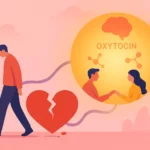
- The Surprising Science of Love Addiction: Why Heartbreak Hurts Like Withdrawal
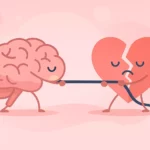
- Heartbreak and Sleep Loss: The Painful Truth Behind Sleepless Nights
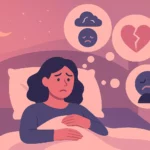
- The Best Supplements for Breakup Recovery: Heal Faster & Feel Stronger
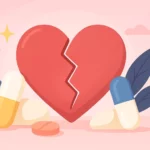
- The Surprising Science of Oxytocin and Breakups: Why Love Hurts So Much
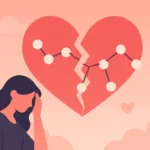
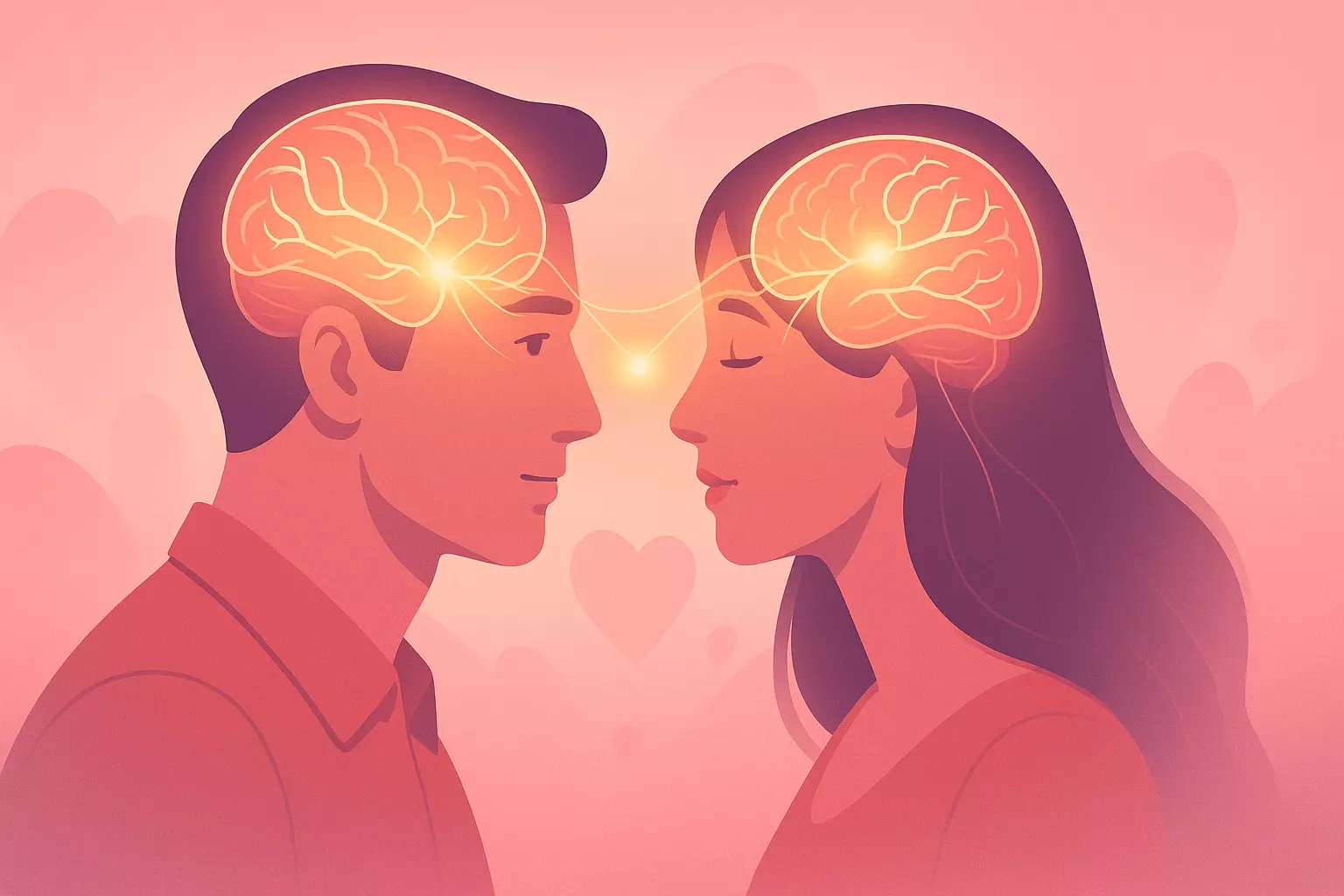
Leave a Reply